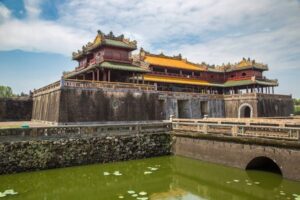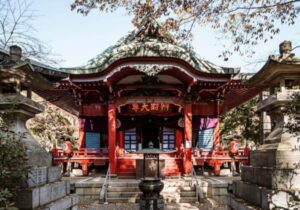The Travel Blog
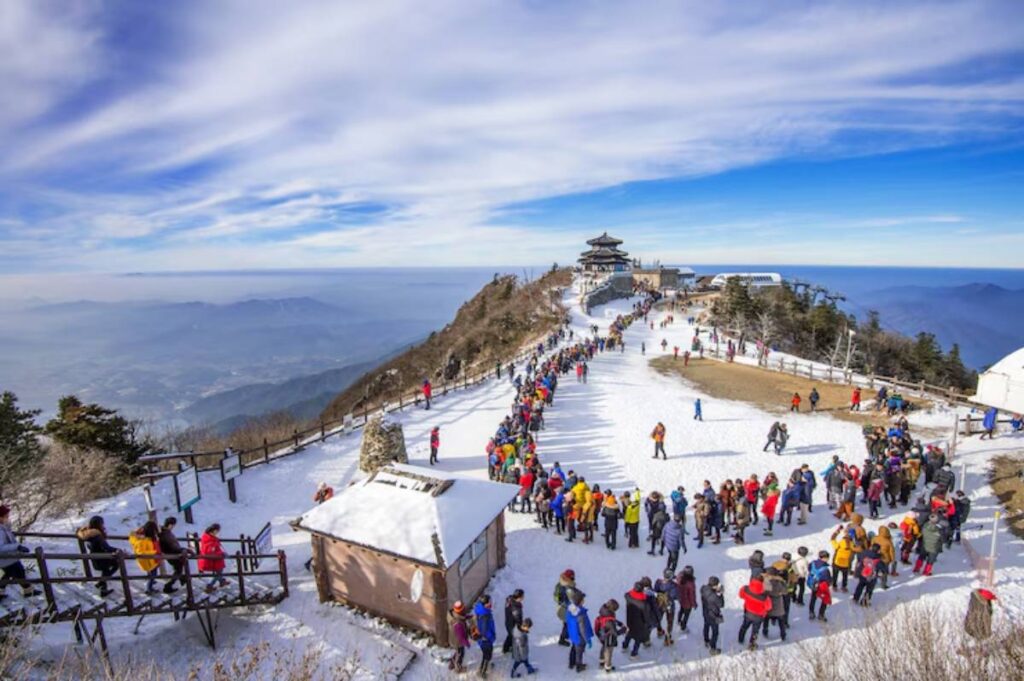
Tawang, India: Monasteries Amidst the Himalayas
There are places that feel like a whisper from the divine. Tawang, India, is one of them. Tucked away in the northwestern corner of Arunachal Pradesh, this Himalayan town isn’t just high in altitude — it’s elevated in spirit.
With snow-dusted peaks, crisp mountain air, and centuries-old Buddhist monasteries, Tawang offers a powerful invitation to step away from noise and closer to meaning. It’s not just a destination; it’s a pilgrimage of peace for both devout travellers and curious seekers.
In this post, you’ll discover what makes Tawang one of the most treasured hidden spiritual sites in Asia. From its awe-inspiring monastery to heartfelt local stories and sustainable travel tips, consider this your guide to experiencing Tawang beyond the surface.
Where Is Tawang and Why Should You Go?
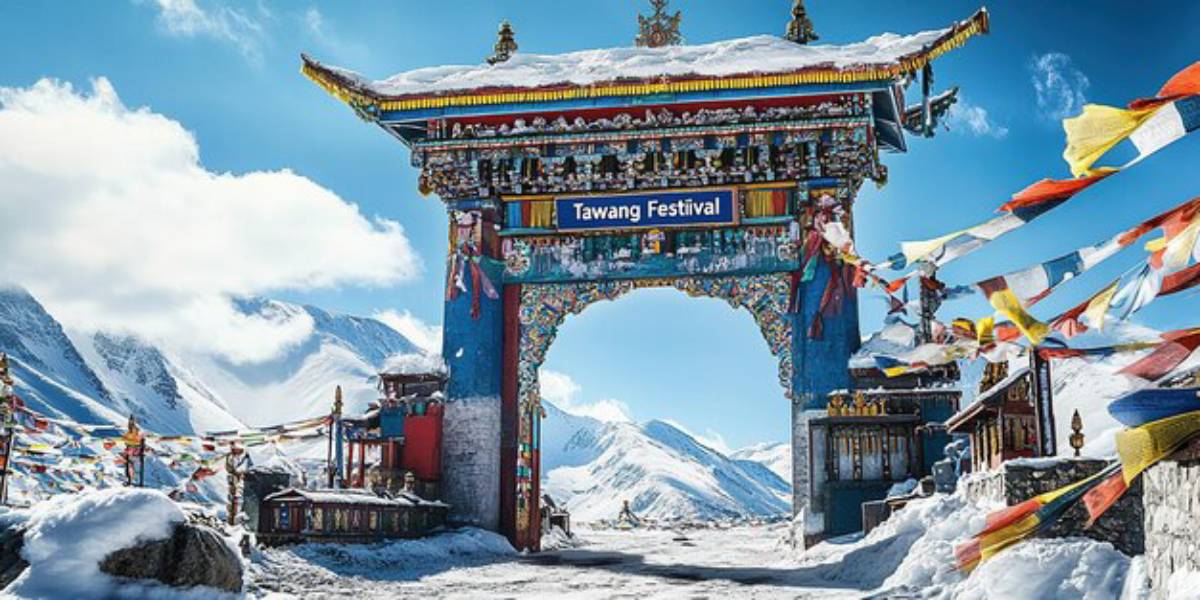
Tawang is located near the Indo-China border in Arunachal Pradesh, northeastern India. It’s isolated but accessible, and that combination preserves its raw beauty.
What Makes It Special:
- Home to the second-largest Buddhist monastery in the world
- A fusion of Tibetan, Indian, and indigenous Monpa cultures
- Awe-inspiring landscapes with alpine forests and valleys
- Rich history tied to the Dalai Lama’s journey into India
Despite its spiritual stature, Tawang remains refreshingly humble and welcoming.
Tawang Monastery: Heart of Himalayan Buddhism
Perched at 10,000 feet, the Tawang Monastery is not just a religious site — it’s a living, breathing sanctuary. Established in 1680 by Merak Lama Lodre Gyatso, it belongs to the Gelugpa sect of Tibetan Buddhism and houses over 400 monks.
What to Expect:
- The Dukhang (assembly hall): Adorned with murals, thangkas, and a towering golden Buddha
- The library: Holding rare scriptures and handwritten texts
- Daily chants and rituals: Feel free to sit quietly and observe
Hack: Arrive early in the morning for the chants — the low hum against the mountain silence is unforgettable.
Explore more temple life in Koyasan, Japan: Temple Stays and Monastic Life.
Hidden Spiritual Sites Around Tawang
While the main monastery takes centre stage, the surrounding region is dotted with lesser-known gems that add to Tawang’s spiritual charm.
1. Urgelling Monastery
Believed to be the birthplace of the 6th Dalai Lama, Tsangyang Gyatso. A small, peaceful place where the whispers of history linger in the breeze.
2. Taktsang Gompa (Tiger’s Den)
Perched precariously on a cliff about 45 km from town. Legends say Guru Padmasambhava meditated here. The trek to the site is as enriching as the destination.
3. Ani Gompas
These are nunneries scattered across the region. The most well-known is Brahm-dung Ani Gompa, surrounded by pine trees and run by devoted nuns.
4. Gorsam Chorten, Zemithang
A few hours’ drive from Tawang, this stupa is modelled after Nepal’s Boudhanath. Visit during the Gorsam Kora Festival for a deeper cultural experience.
Monpa Culture: Living Heritage
The Monpa people, native to Tawang, practice a harmonious blend of Tibetan Buddhism and indigenous beliefs. Their daily life is an act of devotion — from prayer flags fluttering over homes to community celebrations that echo centuries of tradition.
Experience Monpa Life:
- Visit a local home for butter tea and yak cheese
- Attend the Losar Festival (Tibetan New Year)
- Watch traditional mask dances during monastic events
Respectful curiosity is welcomed here, especially when you make the effort to understand rather than just observe.
Natural Beauty Beyond Belief
Tawang isn’t all temples and monasteries — it’s also a landscape of wonder.
Top Scenic Spots:
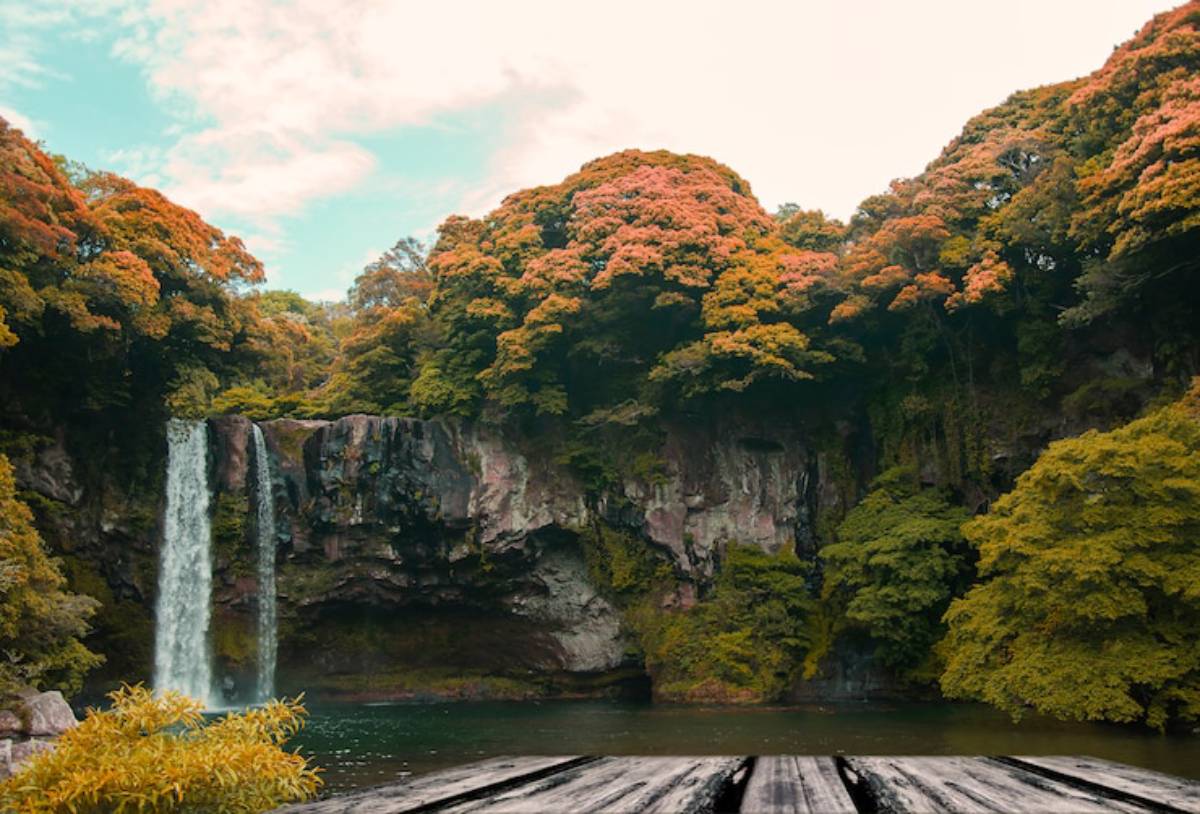
- Sela Pass : 13,700 ft above sea level, with turquoise lakes and snow caps
- Pankang Teng Tso Lake : A serene, seasonal lake popular with picnickers
- Nuranang Falls : Majestic and cinematic (appeared in the Bollywood film Koyla)
Pack layers, a camera, and a sense of awe.
Best Time to Visit Tawang
- Spring (March to May) : Clear skies and colourful prayer flags
- Autumn (September to November) : Ideal for trekking and festivals
- Winter (December to February) : Snow-covered, magical, but very cold
Avoid the monsoon months (June to August) due to landslides and travel disruptions.
Getting to Tawang
Tawang is remote, so the journey is long but rewarding.
Travel Route:
- Fly to Tezpur or Guwahati in Assam
- Drive to Tawang (12–14 hours from Tezpur, 16+ hours from Guwahati)
- Stop overnight at Dirang or Bomdila to break the journey
The route via Sela Pass is both breathtaking and challenging — be prepared for altitude and winding roads.
Staying in Tawang
Accommodation in Tawang is humble, with a focus on comfort and warmth rather than luxury.
Recommended Stays:
- Dondrub Homestay : Family-run with traditional decor
- Tawang View Hotel : Great views and proximity to the monastery
- Monk’s Cottages : A peaceful retreat run in collaboration with monks
Book in advance during festival season or holidays.
Pair this with another cultural experience in Haa Valley, Bhutan: Untouched Traditions and Festivals or a deeper Himalayan journey.
Responsible Travel in Tawang
As Tawang balances spirituality and tourism, your actions matter.
Travel Tips:
- Dress modestly when entering monasteries
- Ask before taking photos of people
- Avoid single-use plastic
- Buy handicrafts directly from artisans
- Be patient with connectivity and services — things move at a different pace here
Anecdote: What Tawang Taught Me
“I remember walking through Okhrey Village and seeing a young monk help an elder carry firewood. No phones, no rush. Just purpose and peace. Tawang reminded me that sometimes, being grounded means going higher.”
There are lessons in every moment here — if you listen.
Conclusion: Tawang Is a Temple in Itself
Tawang, India, is more than mountains and monasteries. It’s a storybook where every prayer flag, chant, and snowflake carries centuries of meaning.
Whether you seek quiet, culture, or connection, this hidden spiritual site delivers in full. Here, you don’t just see sacred spaces — you feel them.
Ready to go off the beaten path?
Share your thoughts below or tag someone who’d love to explore the Himalayas. Let’s keep discovering places that speak not to the itinerary, but to the soul.



